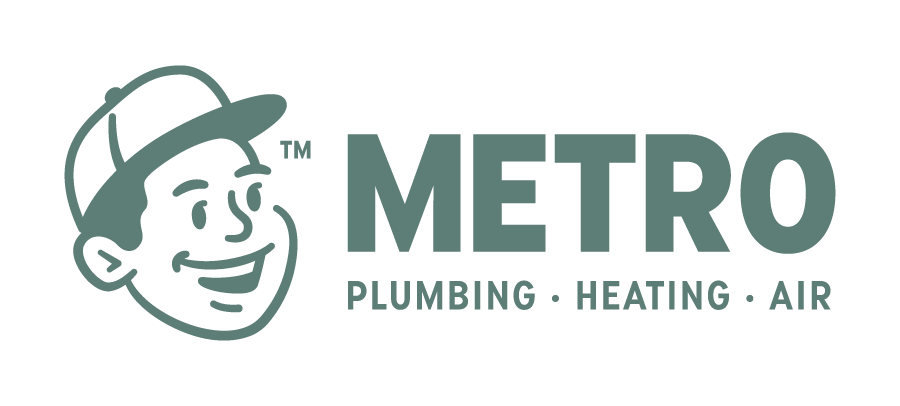Backflow Testing Could Save Your Family Member’s Lives
What is backflow? In short, it is a process that occurs when the normal positive pressure motion of drinking water through pipes gets reversed. When this occurs, the water is exposed to contaminating agents, and can in some cases become mixed with water of other sources, including sewage lines.
As you might imagine, water has that experienced backflow can be highly dangerous to drink. Unfortunately, it is not always clear to the naked eye whether water flowing from the faucet is safe or not.
What Causes Backflow?
The simplest answer is that backflow occurs when the pressure between the water supply and its system is forced out of equilibrium. When the system’s pressure becomes higher than the water pressure, usually as the result of heat, the resulting backflow is called back pressure. When the water pressure is reduced to the point of inducing backflow–usually through interruption of the water supply by draining– the result is called back siphonage.
What are the Risks?
There are five categories associated with water contamination. Category 1 water carries no risk, and is still considered potable. Category 2 refers to water that, while drinkable, may have been exposed to heat or anything else that could damage the aesthetic quality of the water for drinking purposes. Obviously, these two categories by themselves do not carry much, if any, risk to the public. Categories 3, 4, and 5, however, are a different matter, ranging from slight to serious health risks as the toxicity of the water increases.
Categories 4 and 5 specifically mention contamination by way of pesticides and human waste, respectively. Ingestion of toxins such as these can result in severe gastrointestinal reactions, organ damage, hepatitis, exposure to countless types of bacteria, even death. In fact Corpus Cristi Texas recently faced an E. coli outbreak as the direct result of backflow. Worse still, contaminated water does not always come out looking discernibly different than the water that would normally come out of your faucet.
How to Prevent Backflow Contamination
The good news is, the United States has made great strides in understanding how to prevent backflow. By order of the Environmental Protection Agency, all residences at risk for experiencing backflow must be identified, and have a backflow preventer installed.
Regular testing to ensure the preventer is still working as designed is enough to reduce your family’s risk of ingesting backflow-contaminated water from significant, to practically zero. So, if you haven’t already, do some research on your home and surrounding areas. Find out if you already have a backflow preventer in place, and when the last time it was tested. If needed, schedule a test. These few moments of do-dilligence now could make all the difference for you family’s health and safety in the future.
Want more information on back-flow testing in your Chattanooga area? Just call Metro Sewer & Plumbing at (423) 855-0967!



